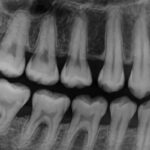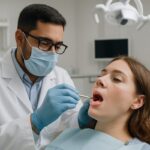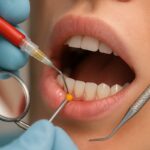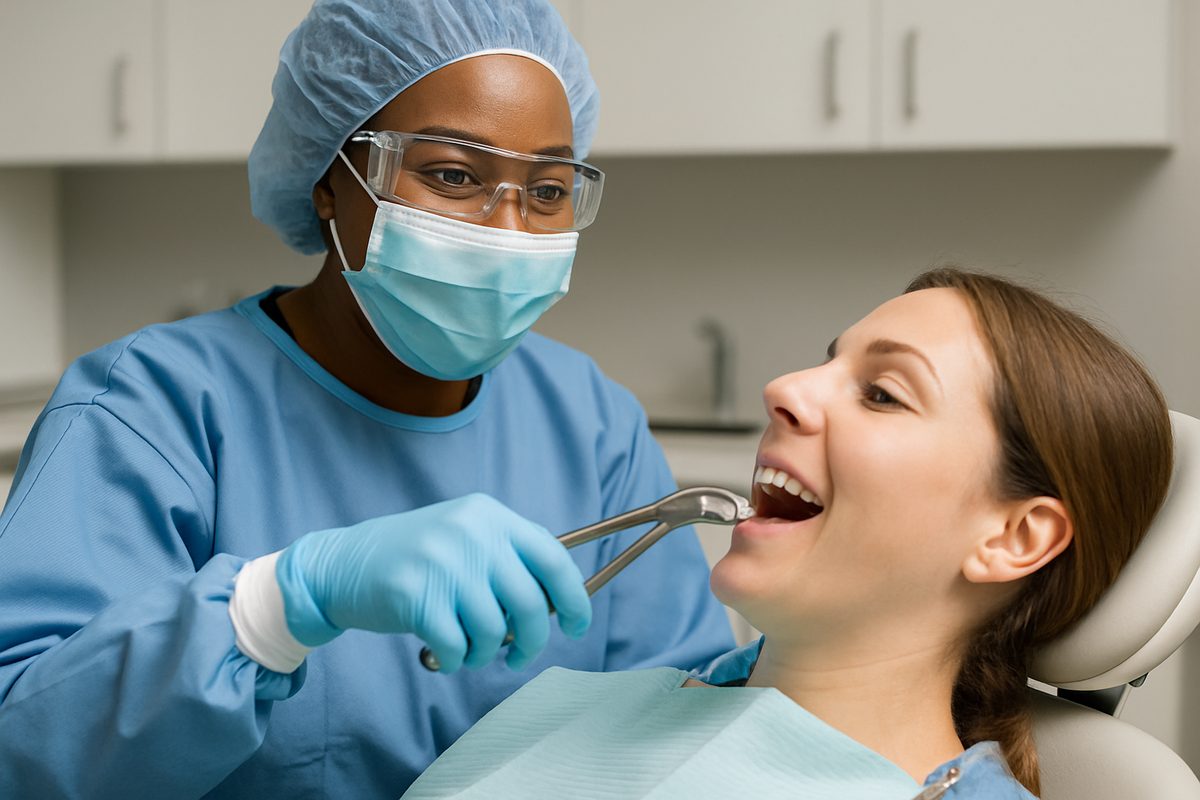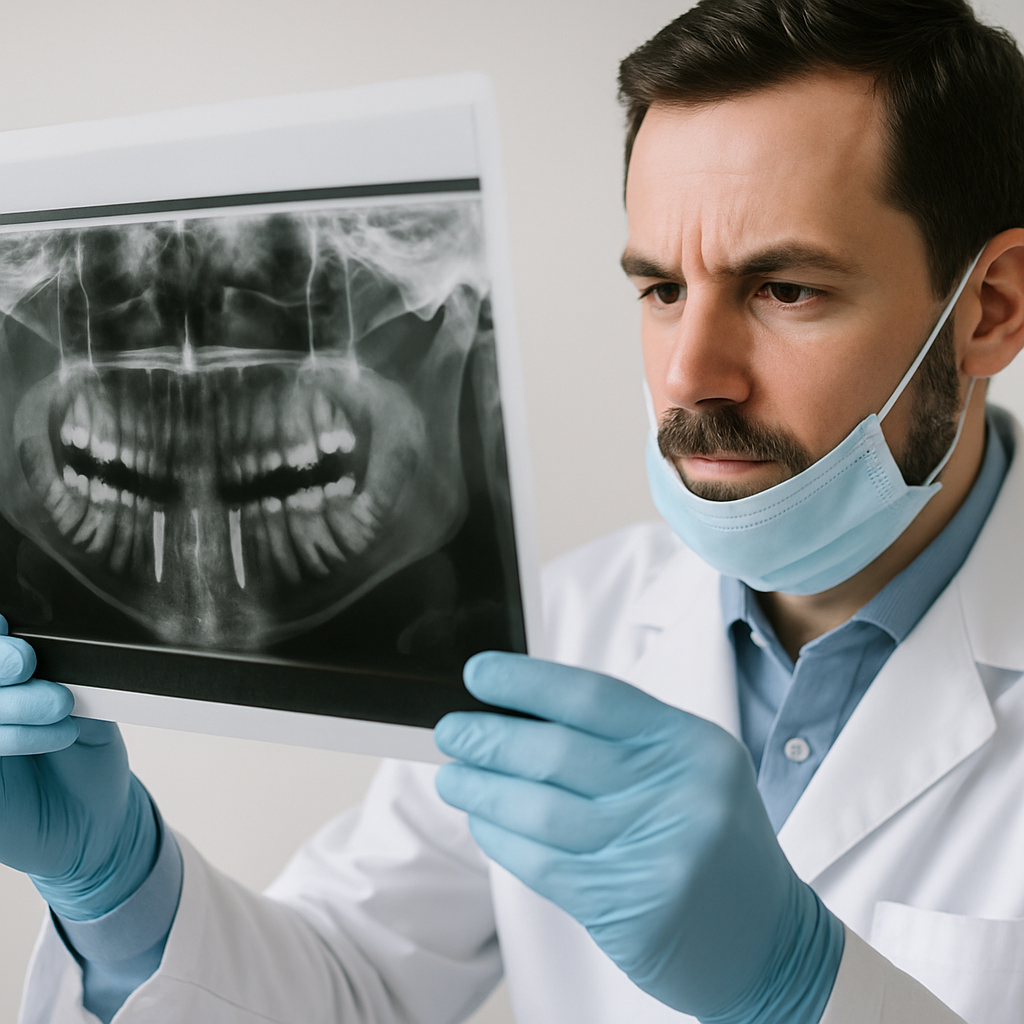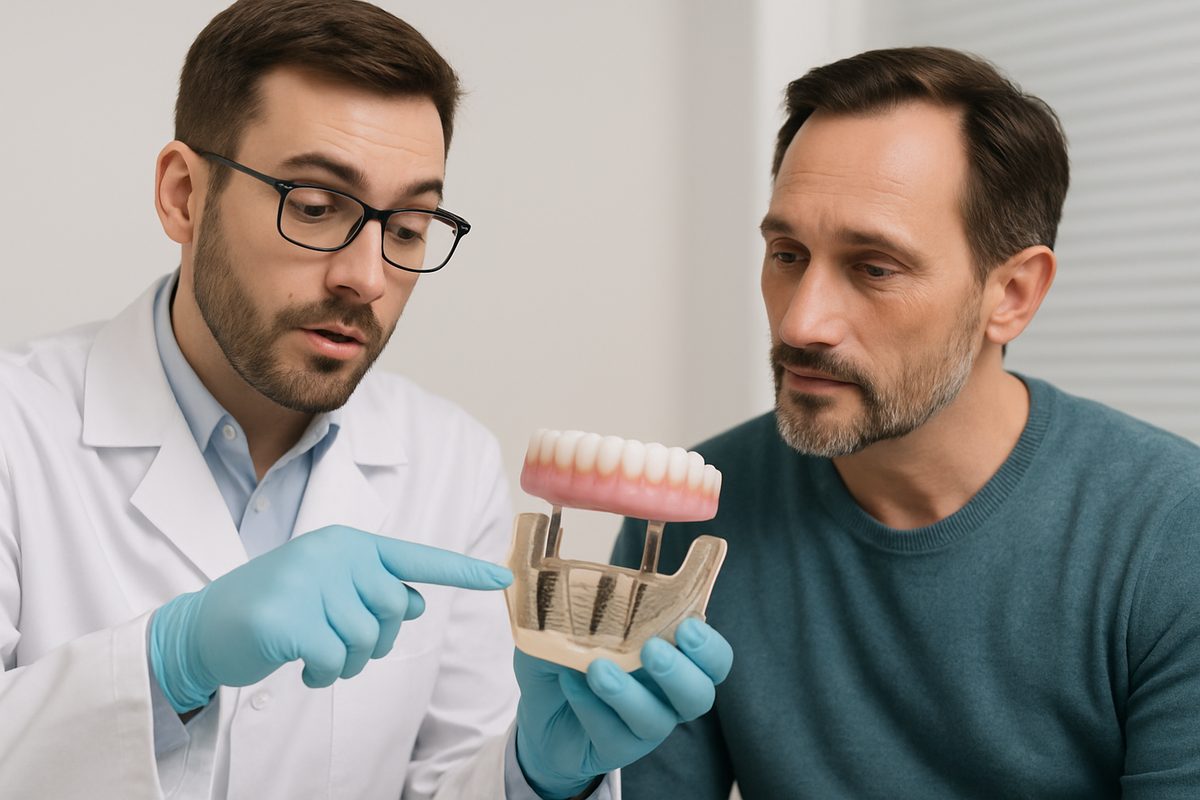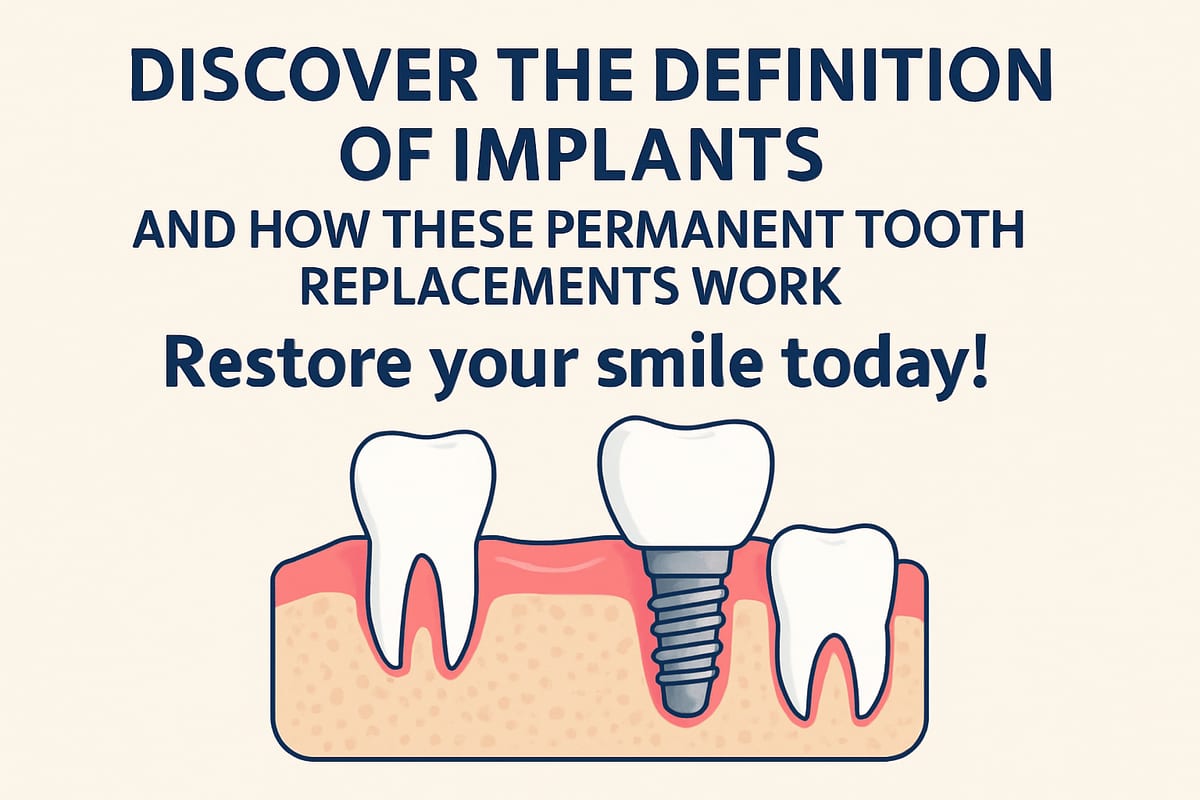This article explains medication for periodontitis in Columbia, MD. Periodontitis is an advanced gum infection that destroys the bone and soft tissue that hold teeth. This overview covers the types of medicines used, when they help, possible risks, and how medications fit into overall periodontal care. You’ll get practical next steps for evaluation and follow-up.
What is periodontitis — a quick overview
Gum disease starts as gingivitis (red, swollen, bleeding gums). If untreated, it can progress to periodontitis. Periodontitis causes pockets to form between teeth and gums, bone loss, loose teeth, and sometimes tooth loss. Common signs include bad breath, gum recession, bleeding when brushing, deep pockets, and shifting teeth. Early diagnosis improves outcomes.
How medications fit into periodontal care
Medication for periodontitis is usually an adjunct to mechanical cleaning, not a standalone cure. Treatments like scaling and root planing physically remove plaque and tartar. Medicines aim to reduce bacteria, control inflammation, and help tissues heal. In many cases, medicine supports procedures rather than replacing them.
Common medications used for periodontitis
Different medicines serve different roles. Your provider will choose based on disease severity, medical history, and treatment goals.
Systemic antibiotics
Examples: amoxicillin + metronidazole, doxycycline, azithromycin. These are taken by mouth to reach bacteria under the gums and in the bloodstream. Typical uses include aggressive periodontitis, deep pockets, or infections that don’t respond to local care. Pros: reach many sites, helpful for aggressive infections. Cons: systemic side effects, interactions, and potential for antibiotic resistance. Doctors prescribe them selectively.
Local antimicrobial agents
Examples: minocycline microspheres, chlorhexidine chips. These are placed directly into periodontal pockets after cleaning. They provide high local drug levels with fewer systemic effects. They can reduce pocket depth and bleeding when used with scaling and root planing.
Antiseptic mouth rinses and gels
Chlorhexidine rinse and prescription gels are used short-term after procedures or for flare-ups. They lower bacterial load on the surface and help with healing. Long-term use is not recommended due to staining and taste changes.
Host modulation and non-antibiotic options
Sub-antimicrobial-dose doxycycline (Periostat) and similar drugs modify the body’s response to infection. They reduce destructive enzymes and inflammation rather than directly killing bacteria. These are useful for chronic cases where inflammation drives tissue breakdown.
When is medication for periodontitis recommended?
Medication for periodontitis in Columbia, MD is often recommended when:
- Probing depths remain deep after cleaning
- Periodontitis is aggressive or rapidly progressing
- Patients have systemic risk factors such as uncontrolled diabetes or heavy smoking
- Cases are refractory to standard therapy
- Medications are used as prophylaxis for certain procedures in high-risk patients
Risks, side effects, and antibiotic stewardship
Common side effects include stomach upset, allergic reactions, and yeast infections. Some antibiotics interact with other medicines. Overuse can drive antibiotic resistance. Accurate diagnosis, targeted choices, and the shortest effective course help reduce risks. Discuss allergies and current meds with your clinician.
Medication plus procedures: what to expect
Medications are often started at the time of or soon after scaling and root planing, LANAP laser therapy, or surgery. Local agents are placed into pockets during the appointment. Systemic antibiotics are usually given for a defined short course. Follow-up visits check healing and pocket depth. Maintain good home care and avoid smoking during treatment to support results.
Monitoring results and next steps
Clinicians measure success with pocket depth, bleeding on probing, and imaging when needed. If pockets stay deep or infection returns, additional treatment or referral to a periodontist may be necessary. Long-term periodontal maintenance visits every 3–4 months are often required to prevent recurrence.
Preventing recurrence: lifestyle and maintenance
Good daily oral hygiene, regular cleanings, quitting smoking, and controlling blood sugar reduce the chance you’ll need more medications. Consistent periodontal maintenance and timely care for flare-ups keep disease under control.
Why consult a board-certified periodontist for medication for periodontitis
Choosing a specialist ensures accurate diagnosis and evidence-based use of medicines. Columbia Center for Implants & Periodontics has three board-certified periodontists who tailor plans that combine medication, minimally invasive techniques like LANAP laser, and advanced planning tools. Specialists monitor response and adjust therapy to limit unnecessary antibiotic use.
Next steps and contacting the practice
To get an evaluation, call Columbia Center for Implants & Periodontics to schedule a periodontal exam. Bring a list of current medicines, allergies, and recent dental records or x-rays. The team will create a personalized plan combining medications, procedures, and maintenance to protect your gums and teeth.


